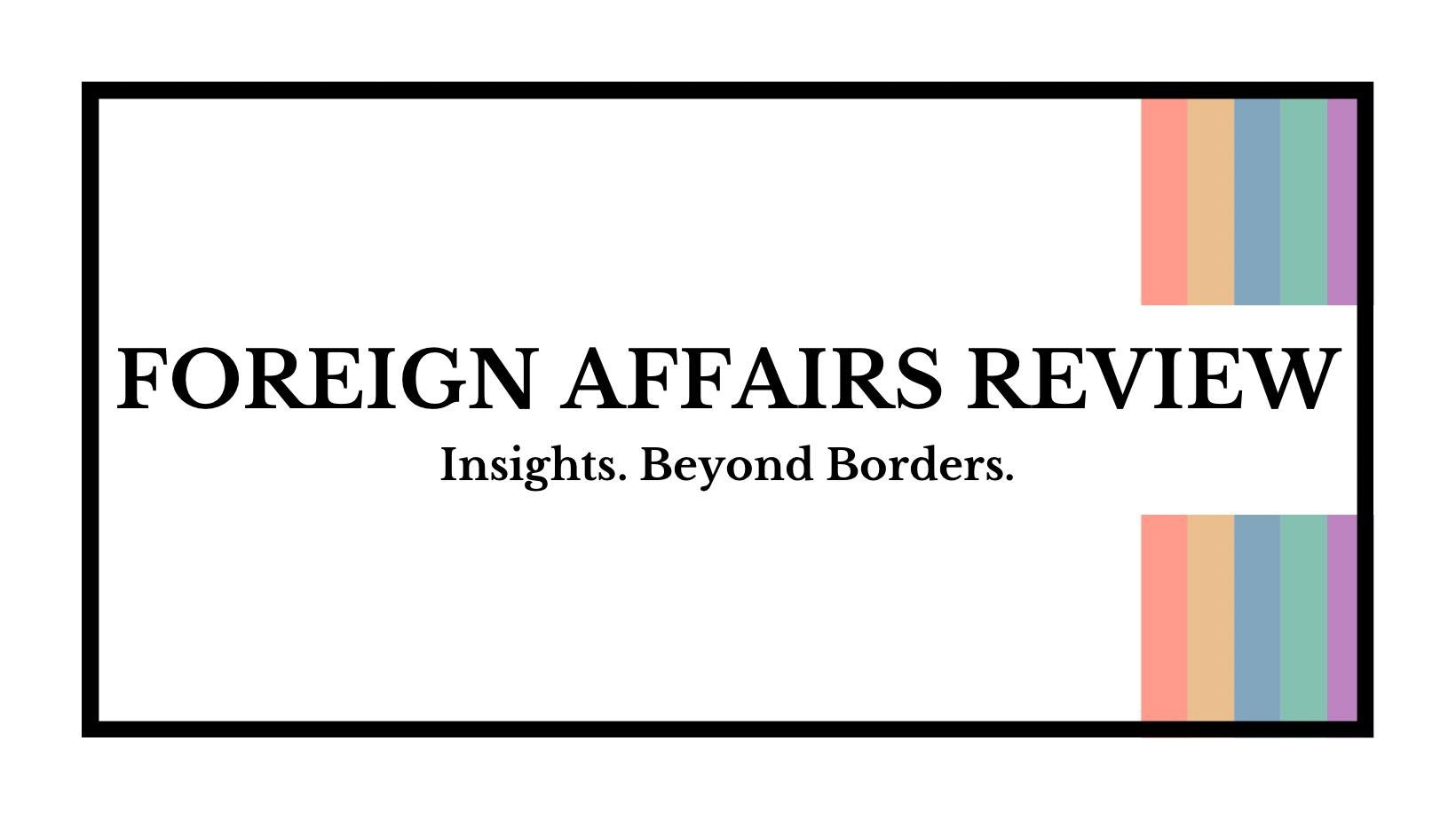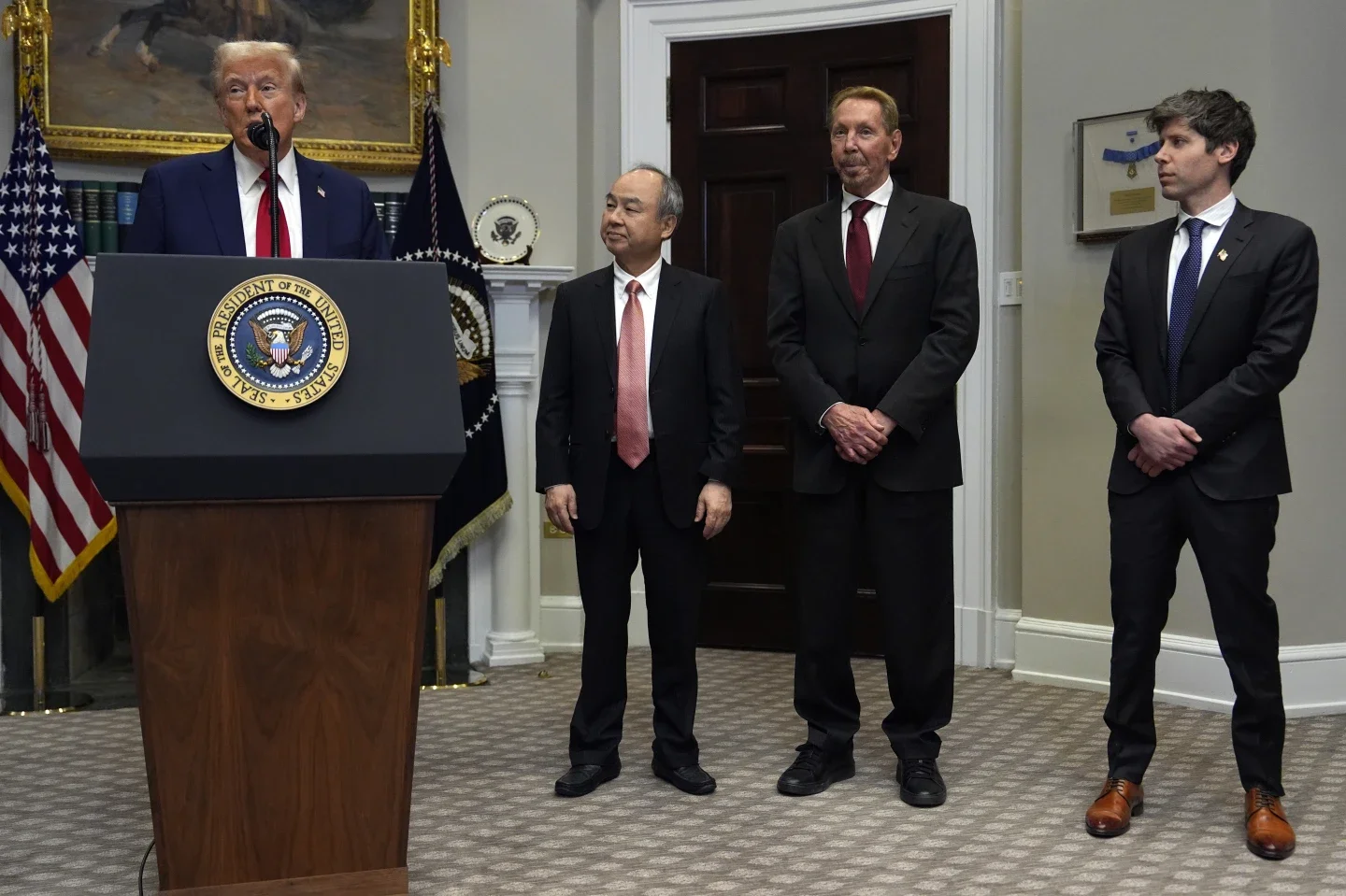The Gen-Z Protests Might Only Be Beginning
The government in Madagascar fell in 2 ½ weeks after the start of protests. In Nepal, it took a little over 4 days, with an interim government elected via the social media platform discord. The straw-hat wearing jolly roger from the Popular Manga One Piece is their impromptu symbol. It was first seen in February at the start of the ongoing protests in Indonesia, was thrown across the Golden Gates of Nepal’s parliament as protesters set the building alight, flew from the barricades in Madagascar, and has been displayed by protesters from the Philippines to Peru. These “Gen-Z” protests, as pundits have coined them, have been sudden, decentralised, and social-media-driven.
And while Nepal and Madagascar may be fresh in the Western news cycle, a broader analysis of these protests across the global south paints a far more dramatic picture. Since 2024, youth protesters have overthrown the Governments of Bangladesh, Nepal, and Madagascar, and forced major changes in Kenya, Mongolia, and Timor-Leste. Additionally, there are major ongoing protests in Togo, the Maldives, the Philippines, Paraguay, Peru, Indonesia, and Morocco.
Observing the decentralised, spontaneous, and social-media driven nature of these protests, media commentators have compared these protests with the Arab Spring of the early 2010s, where mass demonstrations unseated authoritarian regimes across the Middle East. However, there are distinct differences. Nepal under Prime Minister K.P. Sharma Oli was seen as a flawed yet functioning democracy by international analysts such as Freedom House, and in Madagascar, President Rajoelina was seen as a democratising force on Malagasy politics by these same international observers, with his 2018 election ending five years of unelected government. Compared to the authoritarian states toppled by the Arab Spring, such as Mubarak’s Egypt, the insecurities that made these states vulnerable to sudden unrest are much less easily apparent.
However, by comparing publicly available data, commonalities and patterns emerge. This is seen in Figure 1, which contrasts the median ages of countries that have had “Gen Z protests” since 2024 against inequality as measured by the World Bank’s Gini Index (wealth inequality) and the London School of Economics’s new GEOM dataset (inequality of opportunity). Additionally, the dataset measures governance through the Freedom House score (which measures how democratic the counties are) and CPI (which measures how corrupt the governments are perceived to be).
Figure 1 illustrates that the driver of these protests is not the hopeful demand for democracy, but rather an anger at the failure of democracy to deliver on its promises, and the politicians who enriched themselves in the process. Every country on this list democratic, if flawed, with most being rated as Partially Free by Freedom House, and two being rated as Fully Free. However, the Corruption Perception Index data reflects a public belief in endemic graft, and all but two of the countries have a Gini coefficient that reflects significant wealth inequalities. The LSE GEOM dataset, while limited in its relative coverage, may be one of the key indicators, as it measures not existing inequalities, but inequality of opportunity. These Gen-Z protests are occurring in flawed democracies with young populations, pushing back against governments they see as enriching themselves and their families while failing to create opportunities.
This trend, and these protests, are unlikely to go away. As illustrated by Figure 2, the average Gen-Z protest occurs in a flawed democracy with a young population that perceives government corruption as contributing to a lack of opportunity. The “Average country with Gen-Z protests” presented in figure 2, a “partially free” democracy with a large young population, corruption problems, and persistent inequality, could easily be placed within a standard deviation of most developing-world democracies in South Asia/Oceania, Latin America, and Africa. While the dynamics that cause these protests are easily identifiable, they are present across such a broad swathe of the world that any attempt to identify countries at risk of these protests in the future via statistical markers would flag most developing democracies as being at-risk.
This illustrates a broader trend of instability with worrying implications. The countries with Gen-Z protests are not dictatorships or isolated failing states, but democracies integrated into the global economic system. The protests are a flashing warning light that across the developing world, democratic governments are failing to meet their promises to what their citizens consider an unacceptable degree, and people are willing to throw whole governments out if they won’t make concrete changes. It’s a sign of desperation and anger that people will risk the chance of something far worse for the chance of something better, a sign that there is no confidence and no hope in the current system.
In Bangladesh, there was mass political and ethnic violence after 2024’s “July Revolution”, and the country has remained unstable since. In Madagascar, the self-appointed new President runs a military government and it remains to be seen if any attempt to transition back to democracy will be made. As of the 23rd of October, the High Gini Index, GEOM measure, and CPI in Peru and Paraguay in particular indicate that these protests have high potential of further escalation. The more governments globally fail to act on the needs that drive these protests, the more stories like this will appear. Steps must be taken, by governments, by NGOs, or by the international community to mitigate the inequality-driven divide between the promises of democracy and how many experience it. They must show that democratic states can function, develop, and provide opportunity, or the world risks a wave of democratic backsliding, state failure, and renewed conflict.
Data for the Tables has been gathered from the World Bank, LSE GEOM Dataset, Freedom House, and Transparency International
Image courtesy of Sunil Pradhan via Getty Images, ©2025. Some rights reserved.
The views and opinions expressed in this article are those of the author and do not necessarily reflect those of the wider St. Andrews Foreign Affairs Review team.





